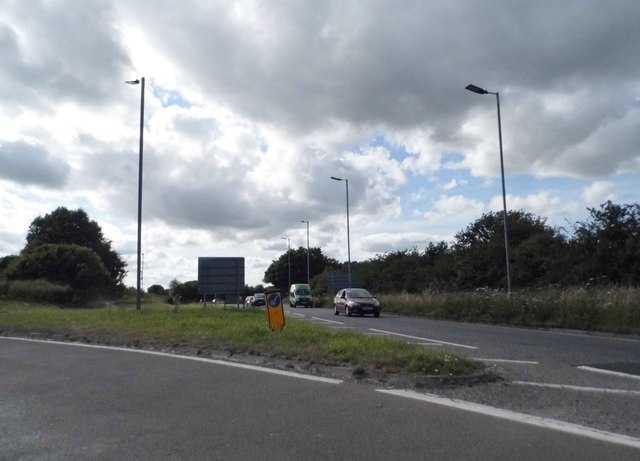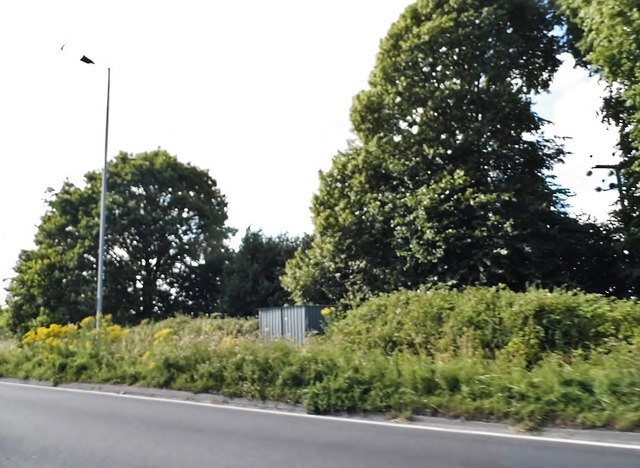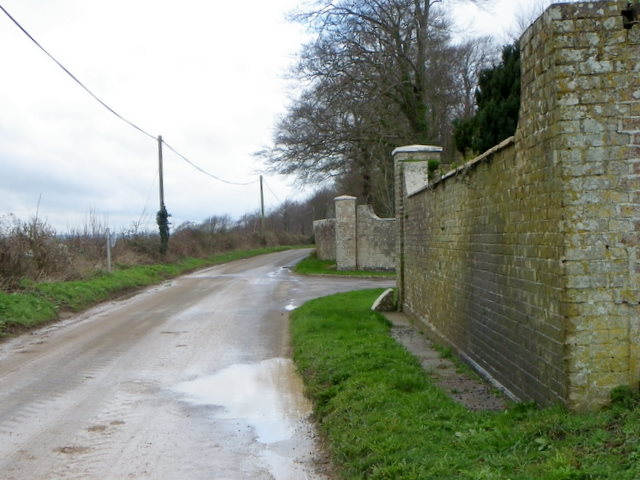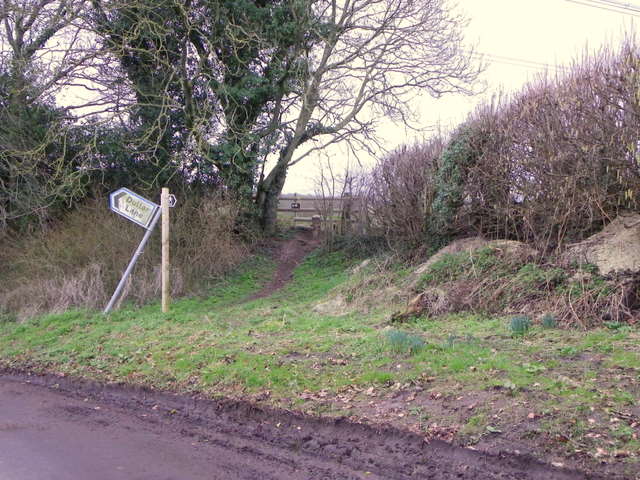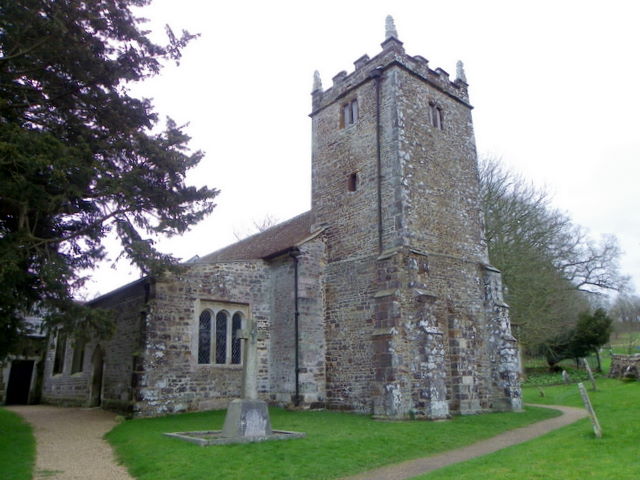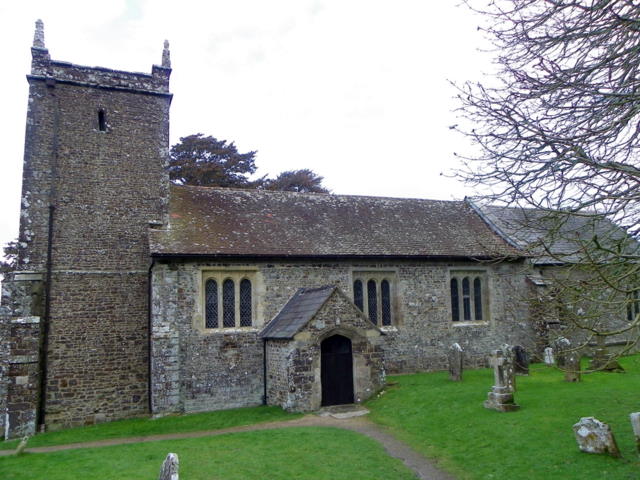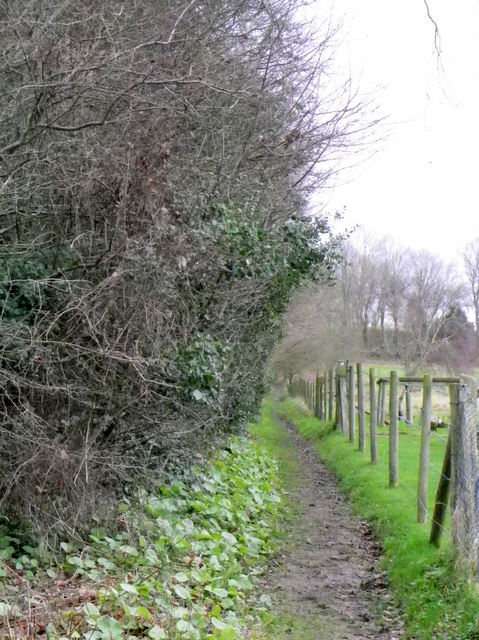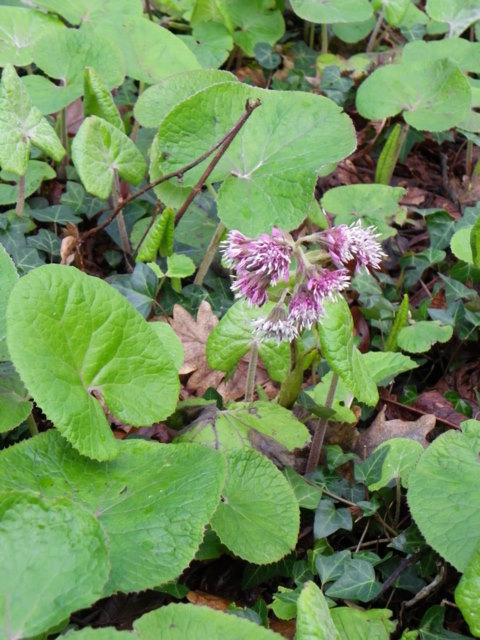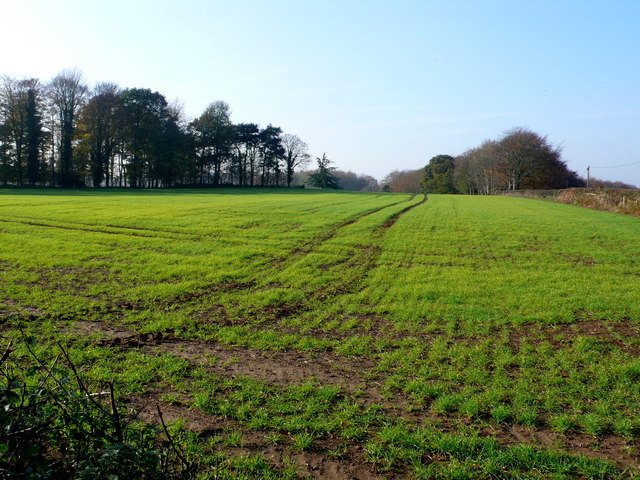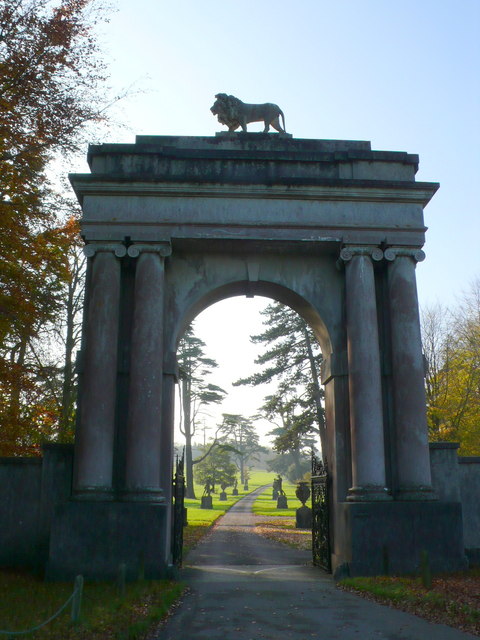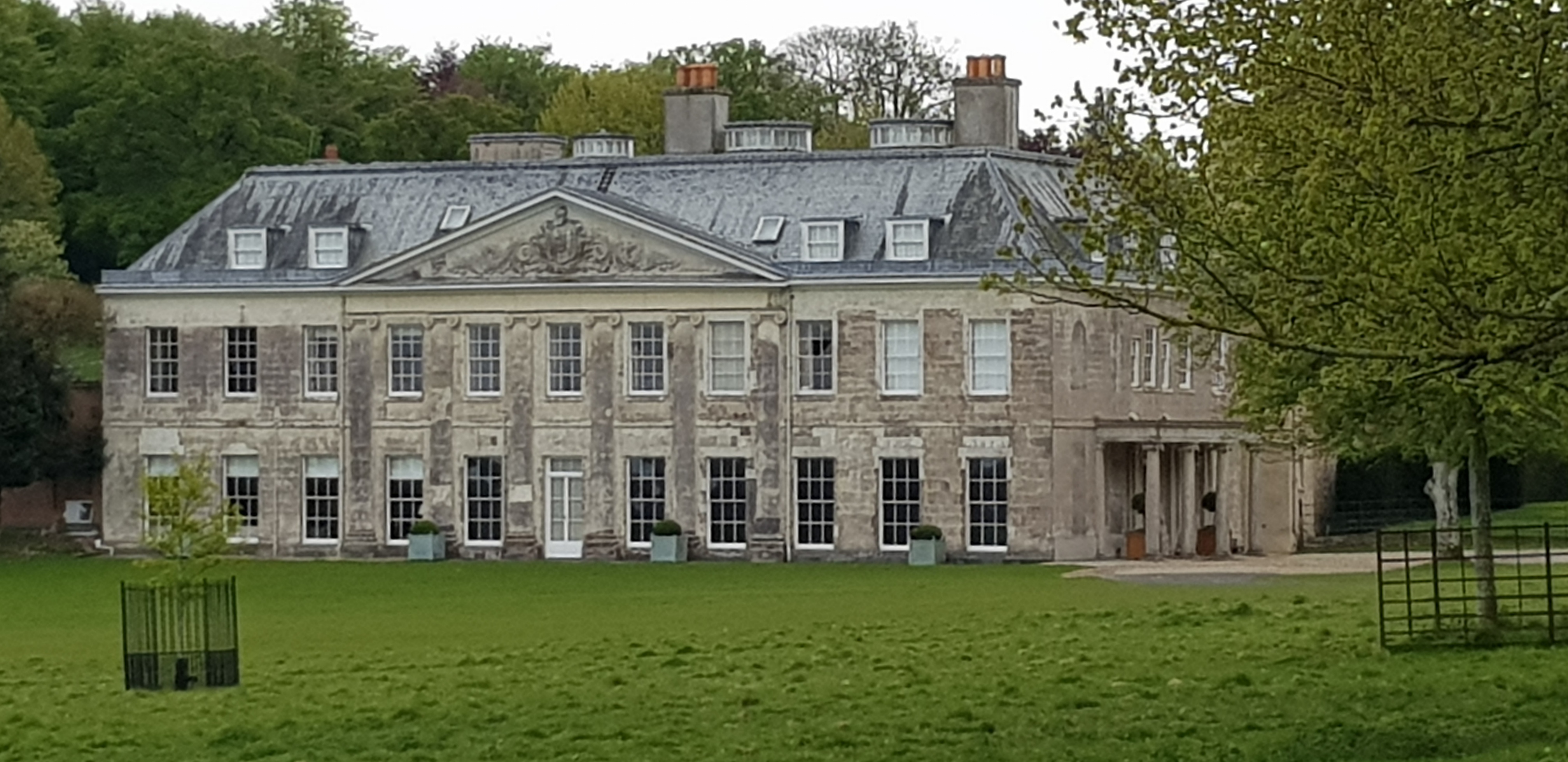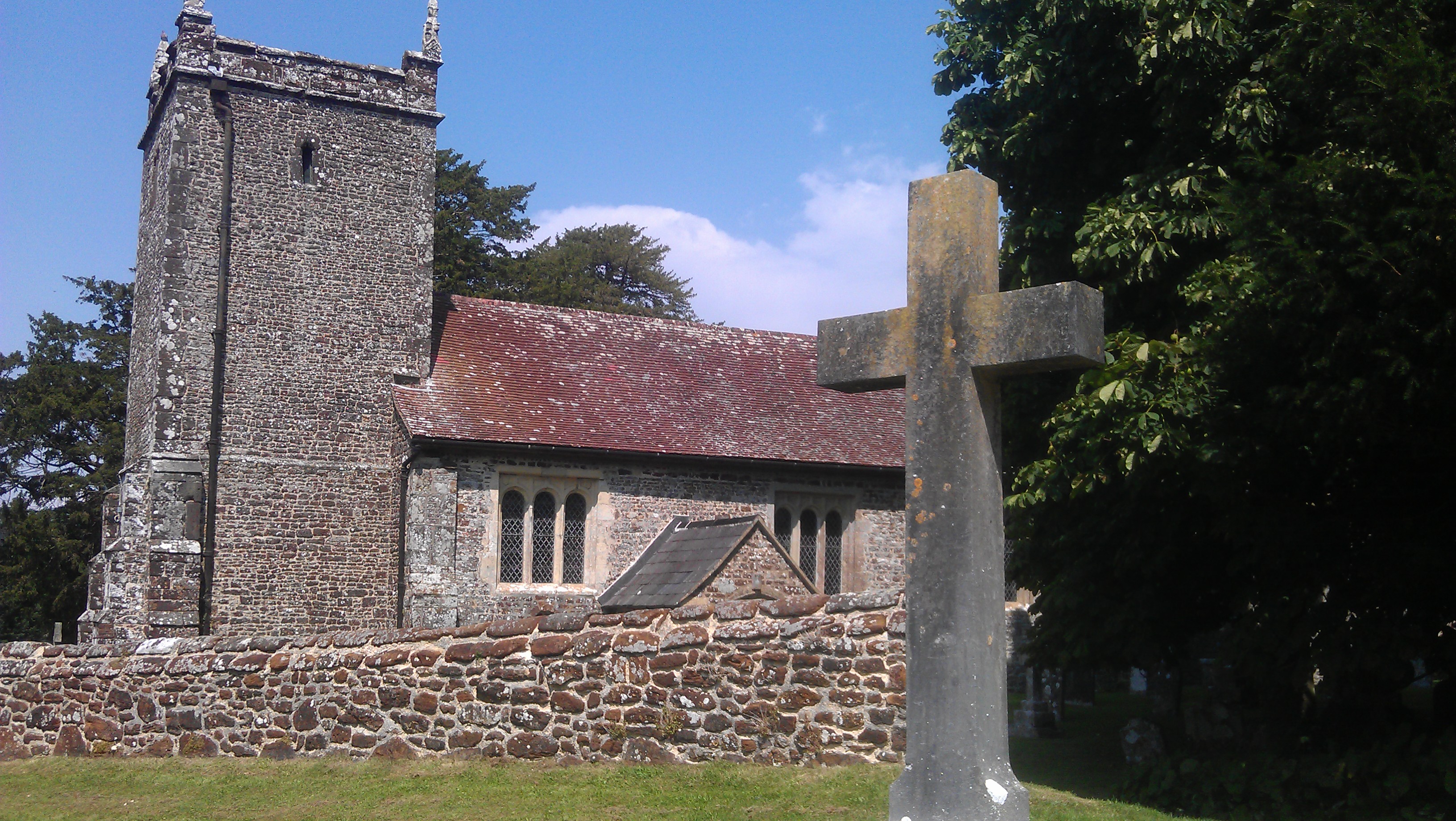Windmill Barrow
Heritage Site in Dorset
England
Windmill Barrow
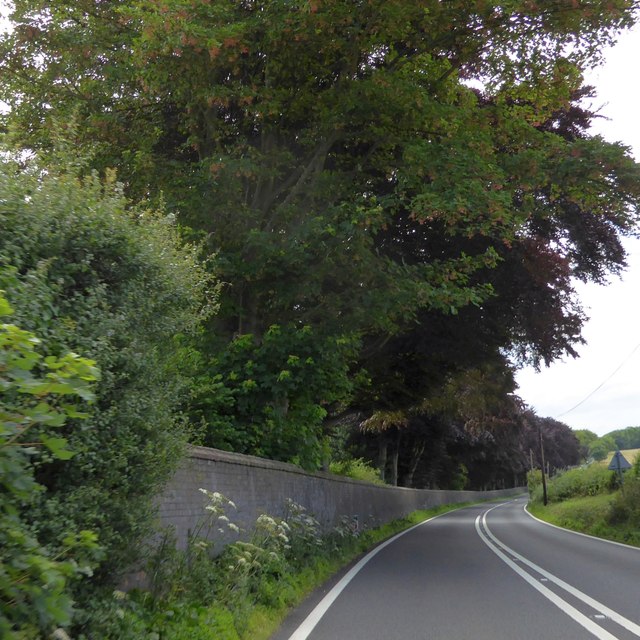
Windmill Barrow is a significant heritage site located in Dorset, England. It is an ancient burial mound that dates back to the Neolithic period, approximately 5,000 years ago. The site is situated on a hilltop, offering panoramic views of the surrounding countryside.
The barrow consists of a circular mound, with a diameter of about 30 meters and a height of 2 meters. It is constructed using earth and small stones, giving it a distinct appearance. The site gets its name from a nearby windmill that was built in the 19th century but has since been demolished.
Excavations carried out in the 19th century revealed the presence of a burial chamber within the mound. The chamber contained human remains and various artifacts, such as pottery and flint tools. These discoveries provide valuable insights into the burial practices and lifestyles of the ancient inhabitants of the area.
Windmill Barrow is a protected heritage site under the care of English Heritage. It is open to the public, allowing visitors to explore and appreciate its historical significance. Interpretive panels provide detailed information about the site's history and archaeological findings. Additionally, the site offers breathtaking views of the Dorset countryside, making it a popular destination for nature enthusiasts and history buffs alike.
As a testament to its historical and cultural importance, Windmill Barrow has been designated as a Scheduled Ancient Monument, ensuring its preservation for future generations.
If you have any feedback on the listing, please let us know in the comments section below.
Windmill Barrow Images
Images are sourced within 2km of 50.777/-2.092 or Grid Reference SY9397. Thanks to Geograph Open Source API. All images are credited.
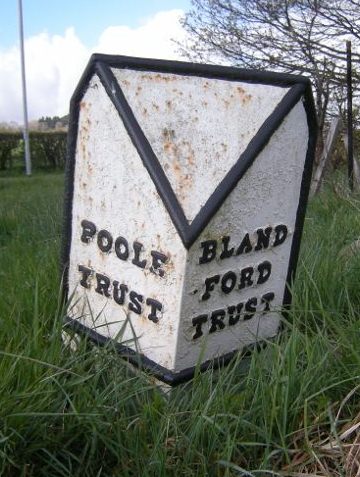
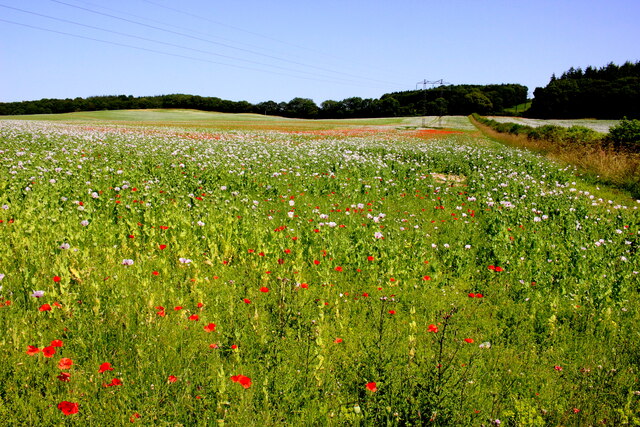
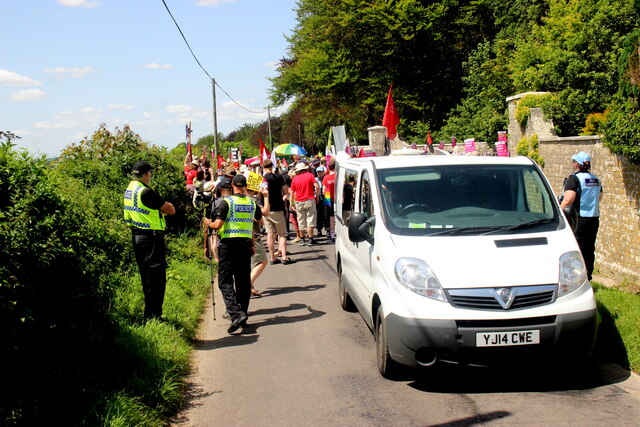
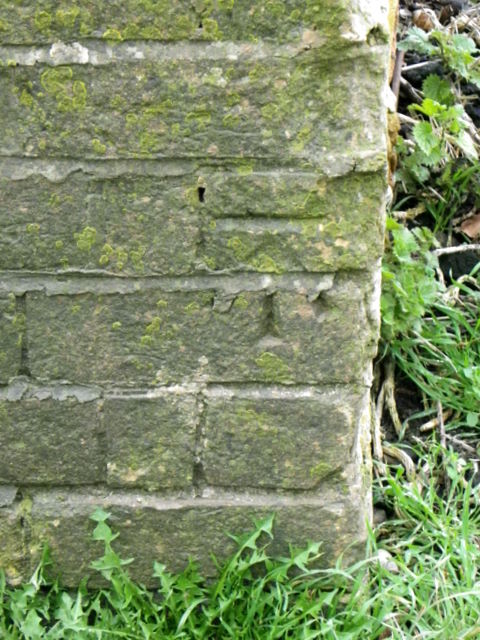
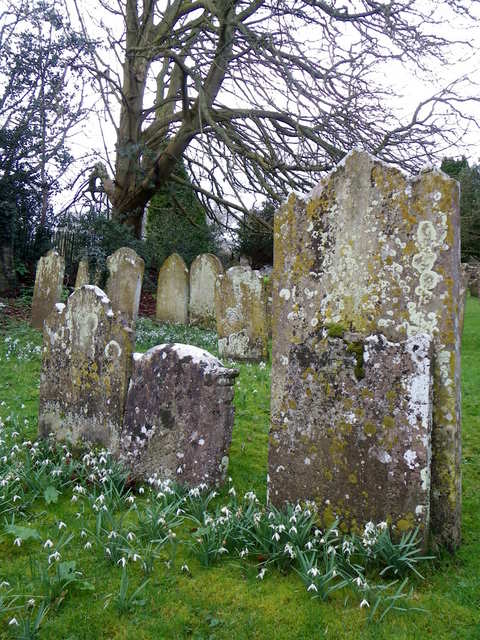
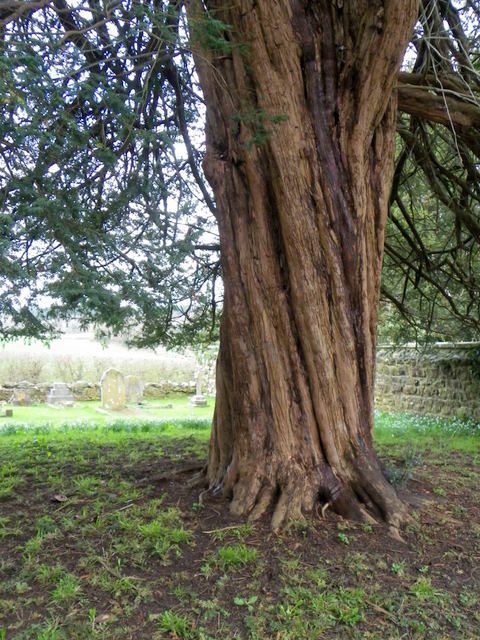
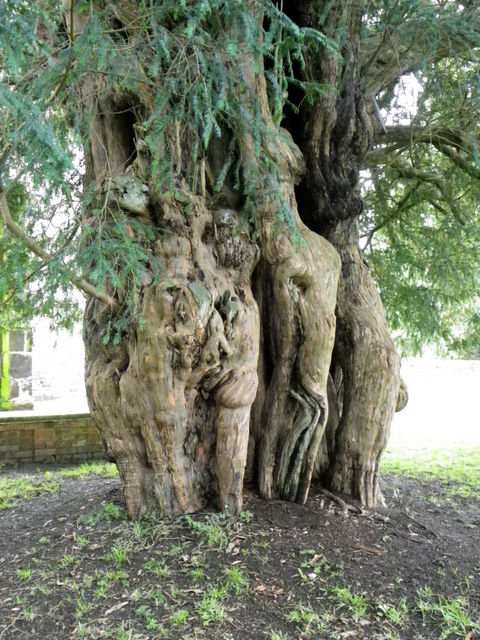
Windmill Barrow is located at Grid Ref: SY9397 (Lat: 50.777, Lng: -2.092)
Unitary Authority: Dorset
Police Authority: Dorset
What 3 Words
///handsets.started.rash. Near Lytchett Matravers, Dorset
Nearby Locations
Related Wikis
Charborough House
Charborough House, also known as Charborough Park, is a Grade I listed building, the manor house of the ancient manor of Charborough. The house is between...
St Mary the Virgin, Lytchett Matravers
St Mary the Virgin is the Church of England parish church of Lytchett Matravers in Dorset. Its parish is part of the Diocese of Salisbury. The building...
Almer
Almer is a village and former civil parish, now in the parish of Sturminster Marshall, in the Dorset district, in the ceremonial county of Dorset, England...
Lytchett Matravers
Lytchett Matravers is a large village and civil parish in Dorset, England. The 2011 census recorded the parish as having 1,439 households and a population...
Nearby Amenities
Located within 500m of 50.777,-2.092Have you been to Windmill Barrow?
Leave your review of Windmill Barrow below (or comments, questions and feedback).
